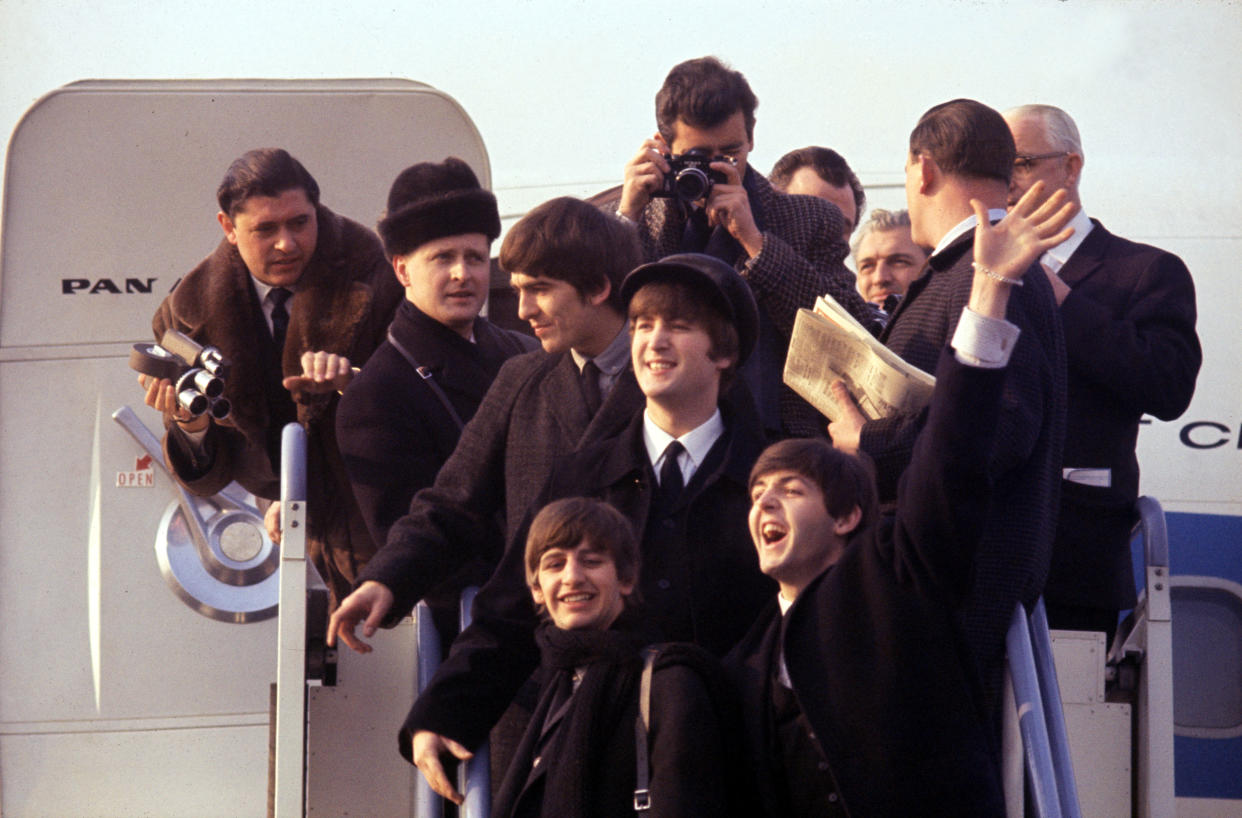In recent days, Meghan Markle has found herself at the center of yet another media storm, this time fueled by allegations of her being difficult to work with.
The Hollywood Reporter ignited the controversy with a piece that painted a rather unflattering picture of the Duchess, claiming that her staff was terrified of her.
Following suit, the New York Post joined in, perpetuating these claims without substantial evidence.
However, public sentiment seems to be shifting, as many are beginning to recognize a pattern of misinformation surrounding Meghan.
The backlash against these reports has been swift and vocal.
Many observers have pointed out that negative stories about Meghan often lack credible sources and appear to be mere clickbait.
It’s become increasingly clear that the UK media has a troubling tendency to distort the truth, particularly when it comes to Meghan and Harry.
Critics argue that these stories serve a dual purpose: to generate traffic and to tarnish the couple’s reputation, possibly at the behest of royal insiders.
In light of the uproar, GB News has attempted to set the record straight, claiming to have exclusive insights into the situation.
An article by James Sanders suggests that Meghan’s alleged poor treatment of employees is nothing more than a fabrication.
According to the report, insiders have categorically denied the accusations, asserting that the label of “difficult” has never been used to describe Meghan in their workplace.
GB News claims to have received a direct message from Meghan to her employees, which contradicts the negative portrayal presented by the Hollywood Reporter.
The article emphasizes that the Duke and Duchess operate primarily from their home in Montecito, California, while their team works in Hollywood—suggesting a disconnect that may have led to misunderstandings.
One anonymous source quoted in the GB News article dismissed the accusations as “total nonsense,” asserting that no employee could credibly claim to have experienced the behavior described in the initial reports.
This insider also pointed out that the supposed quotes attributed to Meghan were likely fabricated by someone unfamiliar with their working environment.
As for the infamous 5 a.m. emails that have become a point of contention, the source clarified that sending emails at odd hours is not uncommon for anyone in the industry.
They emphasized that Meghan’s email signature explicitly states that recipients should not feel pressured to respond outside of normal business hours, highlighting her consideration for her team.
This revelation paints a different picture of Meghan, one that contrasts sharply with the narrative pushed by certain media outlets.
The insider’s remarks suggest that Meghan is, in fact, respectful and polite, traits that are often overlooked in the sensationalist reporting that surrounds her.
Critics of the initial claims have expressed relief that these rumors are being challenged.
The negative headlines have taken a toll on Meghan’s public image, and many believe that the media’s relentless focus on her should be scrutinized.
Moreover, the article notes that similar scrutiny is rarely applied to other members of the royal family, such as William and Kate, who have faced their own staffing issues without the same level of media frenzy.
For instance, Rob Dixon, a member of William’s team, recently left his position, but this story barely made a ripple in the news cycle.
The disparity in coverage raises questions about the motivations behind the media’s fixation on Harry and Meghan versus other royals.
Additionally, the article touches on past interactions between Meghan and Kate Middleton, suggesting that the narrative of Meghan making Kate cry during wedding preparations has been misrepresented.
Text exchanges reveal a more nuanced picture of their communication, with Meghan appearing accommodating and professional despite Kate’s insistence on a different approach.
Ultimately, the ongoing saga surrounding Meghan Markle serves as a reminder of how easily narratives can be shaped by selective reporting.
As more insiders come forward to refute damaging claims, it becomes increasingly evident that the truth may be far removed from what has been portrayed in the tabloids.
The public’s growing awareness of these discrepancies may signal a shift in how such stories are received.
As the dust settles, it will be interesting to see how the media landscape adapts to the changing perceptions of Meghan and Harry, and whether the truth will finally take precedence over sensationalism.
Related Stories

